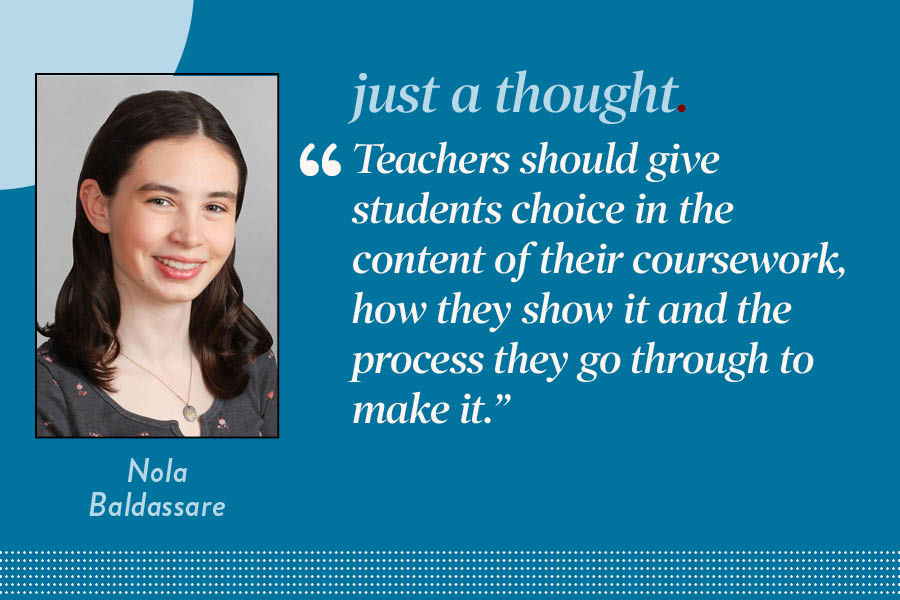Graphic memoir explores cultural identity, familial relations in vulnerable art style
debleeart.com
In Limbo,” the graphic memoir by author and artist Deb JJ Lee, discusses the sensitive themes of familial expectations, friendships, cultural identity and mental health in their debut novel.
May 22, 2023
“Deborah… Deb. I know you have a lot of hurt. But I want you to know that sometimes it’s not an apology that will save you. It’s self-forgiveness,” Deb’s therapist told her, their face hidden by an assortment of potted plants.
That night, she receives a text from her friend, saying they needed to take a break from talking for a while, as the bright light from her phone screen engulfs her in its alluring mystique.
To Deb Jung-Jin Lee, her world had always been bisected ever since her family’s emigration from Seoul, South Korea, to a mostly white suburb in New Jersey. Just when she thought the divide between her culture and appearance with that of her community would finally start to blend, she entered high school, where it only got worse.
She had been a good student, as the first chair violin in the middle school orchestra, working in honors chemistry and diligently completing SAT practice books during her free time. She surprises her family when she decides to drop music for art, her mother’s shock turning into abuse over her dissatisfaction with Deb and her desire to explore her interests. When not attempting to navigate a school where she faced microaggressions and acts of malice from other students and teachers, she attempts to fix the lost bond she had with Korean, as the transgenerational bilingual language barrier grew further apart between her and her relatives.
As their debut graphic memoir, Asian American author Deb JJ Lee highlights the struggle of feeling displaced from the cultures they were in a limbo of through a strikingly beautiful artistic exploration, in their 2023 graphic novel “In Limbo.” The book is illustrated in blue and gray hues, inviting the reader to step into their childhood, as a spectator to their inner thoughts and trauma.
Lee isn’t afraid to embrace the sensitive themes of insecurities, self-isolation, suicide and their suicide attempts. They described it as an “over five-year” long process that turned into a “therapy session” as they were able to come to terms with their past. From navigating familial expectations, friendships, cultural identity and their waning mental health, “In Limbo” is not for the faint of heart. The strikingly vulnerable pages can seem very familiar for some teenagers, or too raw for others.
The powerfully emotional story demonstrates the struggles some teens and multicultural people face and the story of self-forgiveness and fulfillment. I highly recommend this novel for those who are comfortable with the difficult themes, not so much for those who feel their physical or mental state may be impacted negatively, especially since Deb’s struggles are depicted through illustration.




























































